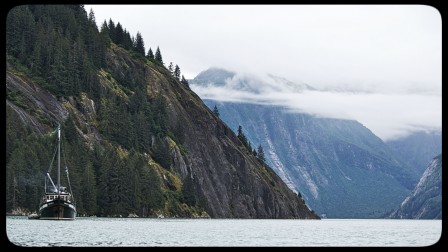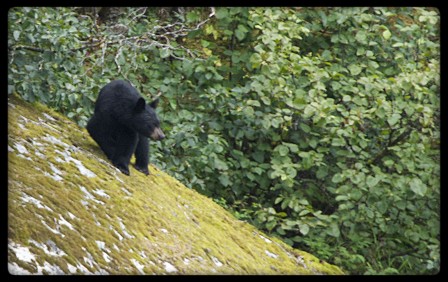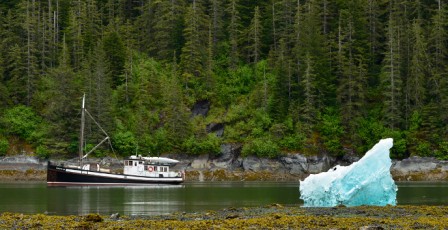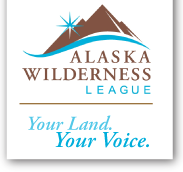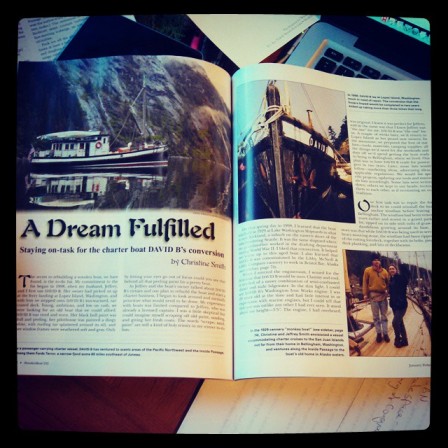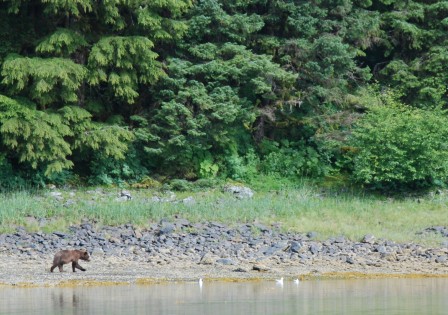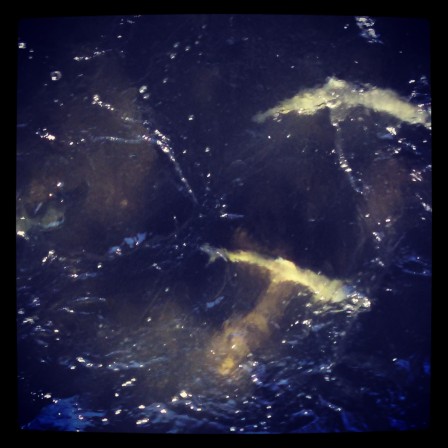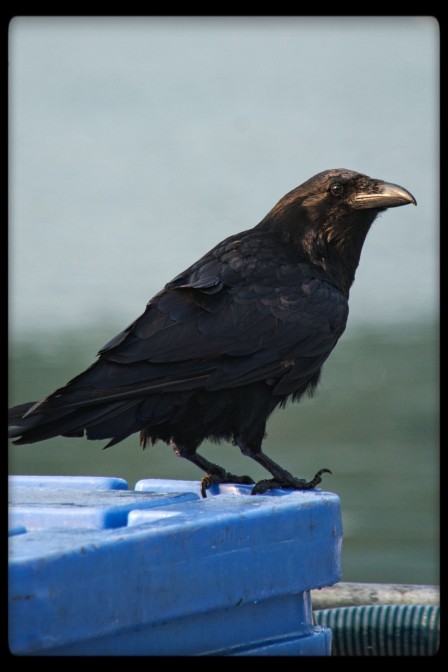
When people ask what I do for a living, I respond that Jeffrey and I run a tour boat in Alaska, and if that leads to a longer conversation, I usually continue on about how we spend lots of time watching humpback and orca whales, and how we have a couple of spotting scopes on the boat so we can watch bears forage on the beach. Rarely do I run on about how much I love watching crows and other common animals. This is partly because, like weeds, the virtues of crows remain undiscovered for most people.
I find crows fascinating. They help me fulfill my need for nature during the off-season at my urban home where there are no deep-wilderness animals to geek-out on. Sometimes the crows tell me what’s going on in the neighborhood. Like the time when a raccoon was out wandering during the day. I heard what I like to call a “crowmotion” a few block to the east. The crows were noisily and excitedly moving through yards and alleys. I stepped out the backdoor to see what all the fuss was about. As soon as I opened the door a raccoon came into my yard seeking refuge in a tall cedar tree. Unfortunately for the raccoon, there were already two other raccoons sleeping there and the poor thing was forced to move along. I watched it leave the tree and cross the street. I lost track of the raccoon as it ambled into the neighbor’s yard, but the crows continued their parade “cawing” and flying from tree to tree for several blocks.
I’ve learned a lot from observing crows and that with their help, they often lead me to exciting discoveries. One time I was kayaking close to shore in a cove in Alaska. It was a calm overcast day. I was looking for sea stars, crabs, and small schools of fish. I kept my attention focused on the water below my boat. After a while my ears picked up the sound of several crows in the bushes to my left. The crows were going on and on about something. I half listened thinking there was probably an eagle in a tree. I decided to look up. No eagle. I went back to skimming along the surface and searching the shallow water. They crows kept talking. I looked up again and decided to see if I could find the focus of their attention. I held my boat still by gently padding the water with my paddle. I watched. The crows were clustered low on the branches of spruce, hemlock, and alders. I looked at where they were looking. A branch moved. The tide was high and I was maybe 30 feet from the edge of the forest. I held still and smiled to myself as my eyes made out a dark fuzzy round shape with two more fuzzy round shapes on top. The animal was partially blocked by shrubs and very difficult to see. The crows had discovered a brown bear and wanted everyone to know. I had listened.
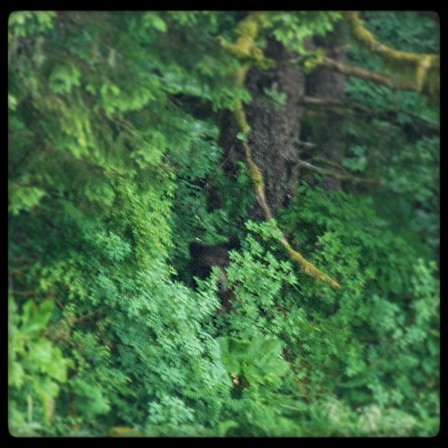
There have been many other times that the cues of common animals have increased my awareness. I’ve watched gulls flying in a straight line, then suddenly circle. Most of the time it’s a fish coming to the surface, but sometimes it’s a whale. One day I realized that I often say things like, “Oh, that’s just a crow”, or, “It’s just a gull,” when really, they are so much more than “just a.” They are communicators and lively participants in the ecosystems and habitats of which we are part. If we pause to listen to them, we might discover they know things that will truly enrich our lives.
